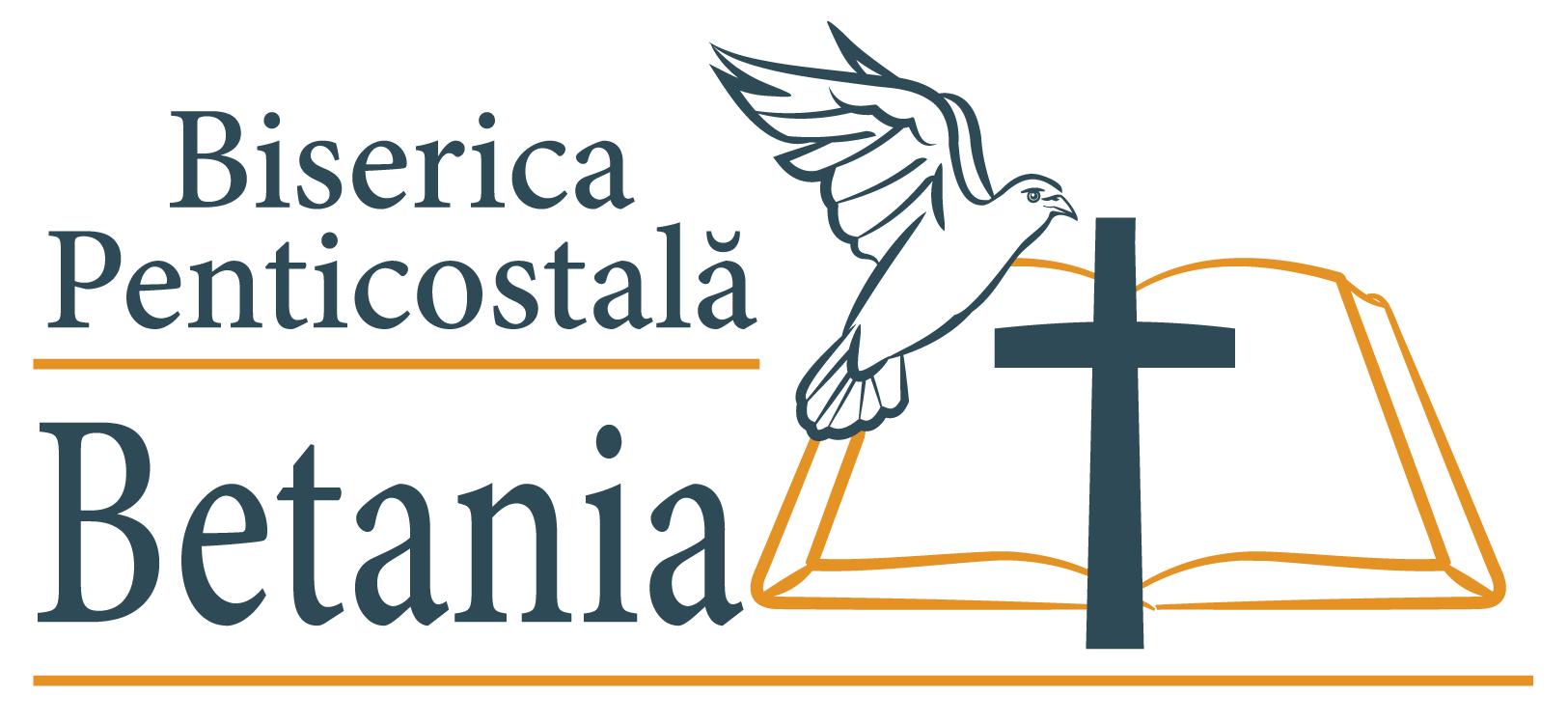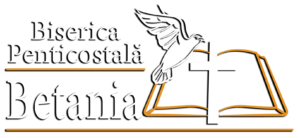7 aprilie
7 aprilie
Vineri, 7 aprilie 2023, Leviticul 4:1-5:13 – Jertfele de ispășire (pentru păcat)
Marea diferență dintre cele cinci jertfe constă în faptul că, în timp ce primele trei (Arderea de tot, Jertfa de mâncare și Jertfa de mulțumire) puteau fi aduse Domnului oricând, de oricine, în mod voluntar, ultimele două (Jertfa pentru ispășire și Jertfa pentru vină) erau impuse în situațiile în care cineva a păcătuit.
Existau diferite tipuri de jertfe, în funcție de persoana care a păcătuit:
1) Marele preot, dacă prin păcatul său a adus vină asupra poporului (v.3), trebuia să aducă un vițel fără cusur. De asemenea, întreaga adunare trebuia să aducă un vițel (v.13);
2) O căpetenie (v. 22) aducea un țap fără cusur;
3) O persoană de rând (v. 27) aducea o capră fără cusur (v. 28) sau o oaie fără cusur (v. 32).
Închinătorul aducea animalul la ușa Cortului, îl prezenta Domnului, își punea mâna pe capul lui, îl înjunghia și despărțea grăsimea de pe organele interne. Dacă toată adunarea lui Israel păcătuia (v. 13), bătrânii adunării trebuiau să facă acest ritual în locul adunării (v. 15).
Moartea animalului era considerată, în mod simbolic, drept moartea păcătosului. Marele preot trebuia să ducă sângele în Locul Preasfânt, atât pentru el, cât și pentru întreaga adunare. Trebuia să-l stropească de șapte ori în fața perdelei și pe coarnele altarului de aur al tămâierii, apoi să toarne restul sângelui la piciorul altarului pentru arderile de tot (v. 5, 6, 16-18). Apoi preotul ardea grăsimea, rinichii și ficatul pe altarul pentru arderile de tot (v. 8-10, 19). Restul animalului era dus afară din tabără și ars (v. 11, 12, 21).
Jertfa pentru ispășire sau Jertfa pentru păcat a fost rânduită și poruncită poporului lui Dumnezeu aflat sub legământul încheiat de Domnul cu Avraam, Isaac și Iacov. De asemenea, păcatul care ocaziona aducerea jertfei pentru păcat avea două caracteristici:
1) păcatul era comis fără voie, neintenționat, fără un spirit sfidător
2) păcatul era comis împotriva unei dintre poruncile Domnului.
În concluzie, aceste două jertfe au în vedere păcatele săvârșite după momentul răscumpărării, în mod inconștient sau neintenționat.
Începem rugăciunea din această dimineață mulțumind Domnului pentru ispășirea păcatelor noastre realizată de Domnul Isus. Continuăm rugăciunea cerându-I lui Dumnezeu să ne reîmputernicească pentru a ne feri de păcat – mai mult pentru a ne feri de ,,orice ni se pare rău”.
Pastor Luigi Mițoi
Friday, April 8, 2023: Leviticus 4:1-5:13 – The Sin Offering
The major difference between the five offerings is that while the first three (Burnt Offering, Grain Offering, and Fellowship Offering) could be brought to the Lord anytime by anyone voluntarily, the last two (Sin Offering and Guilt Offering) were required in situations where someone had sinned.
There were different types of offerings, depending on the sinner:
1) If the high priest had brought guilt on the people through his own sin (v.3), he had to bring a young bull without defect. Additionally, the whole congregation of people also had to bring a young bull (v.13).
2) A leader (v.22) had to bring a male goat without defect.
3) An ordinary person (v.27) had to bring a female goat without defect (v.28) or a lamb without defect (v.32).
The worshipper brought the animal to the entrance of the Tabernacle, presented it to the Lord, laid his hand on its head, slaughtered it, and removed the fat from the internal organs. If the entire assembly of Israel sinned (v.13), the elders of the assembly had to perform this ritual in place of the assembly (v.15).
The animal's death was considered symbolically as the death of the sinner. The high priest had to take the blood into the Most Holy Place, both for himself and for the entire assembly. He had to sprinkle it seven times in front of the curtain and on the horns of the golden altar of incense and pour out the rest of the blood at the base of the altar for burnt offerings (v.5, 6, 16-18). Then the priest burned the fat, kidneys, and liver on the altar for burnt offerings (v.8-10, 19). The remainder of the animal was taken outside the camp and burned (v.11, 12, 21).
The Sin Offering or Offering for Sin was ordained and commanded for the people of God who were under the covenant made by the Lord with Abraham, Isaac, and Jacob. Additionally, the sin that needed the offering for sin had two characteristics:
1) The sin was committed unintentionally, without a defiant spirit.
2) The sin was committed against one of the Lord's commandments.
In conclusion, these two offerings were for sins committed after the moment of redemption, unconsciously or unintentionally.
We begin our prayer this morning thanking the Lord for the atonement for our sins accomplished by the Lord Jesus. We will continue our prayer by asking God to empower us again to avoid sin – more so to keep us from “anything that seems wrong”.

